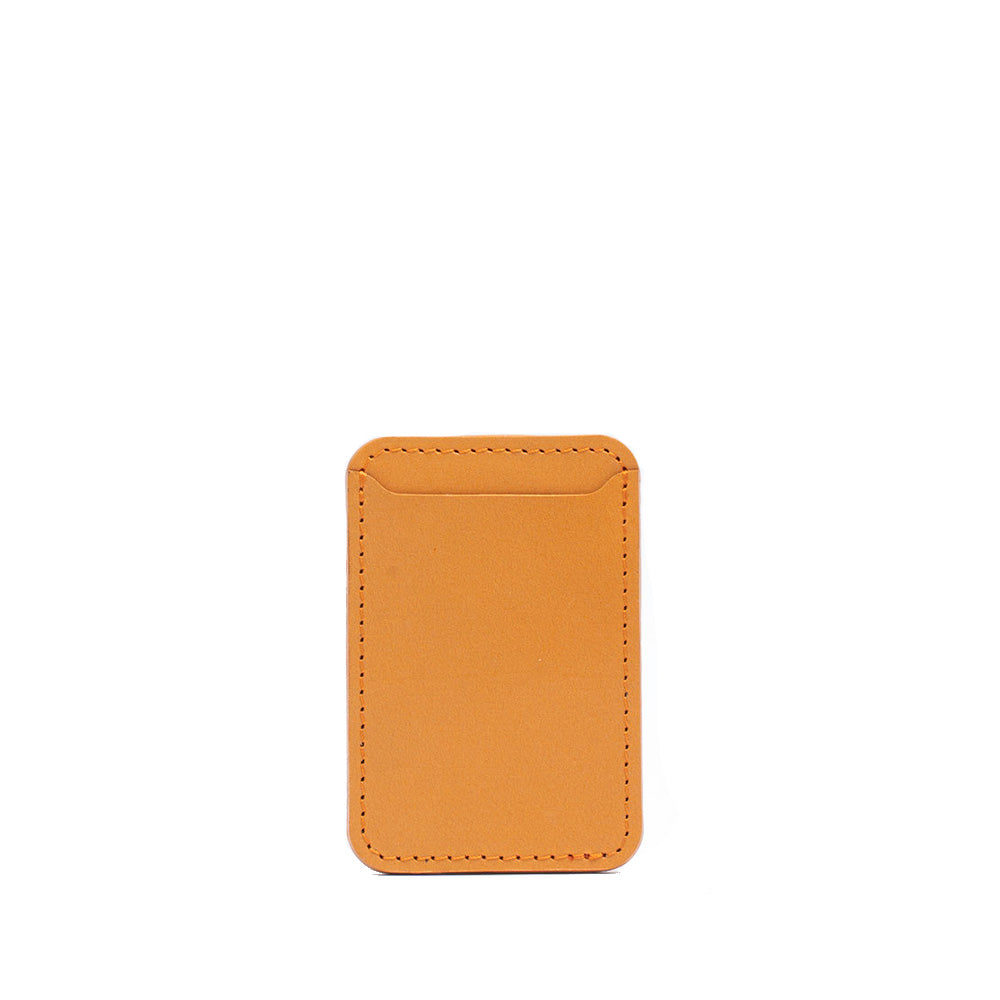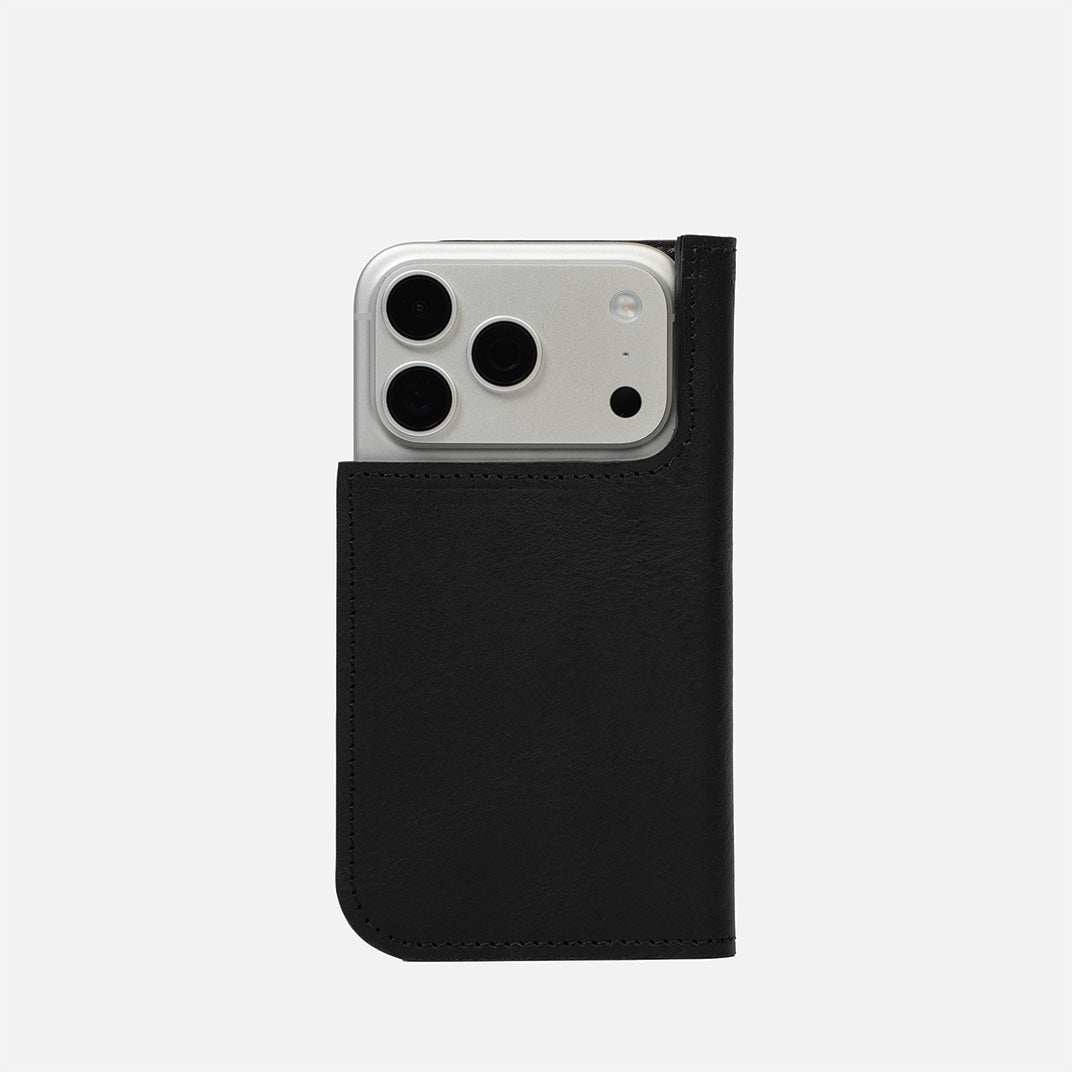Prerequisites
Before you begin, ensure you have the following:
- An iPhone or iPad with the latest version of iOS or iPadOS. For HomePod (2nd generation), you need an iPhone with iOS 16.3 or later, or an iPad with iPadOS 16.3 or later. Note: You can't set up HomePod or HomePod mini with a Mac.
- The Home and Apple Music apps installed on your device. If you've deleted either of these apps, restore them from the App Store.
- Two-factor authentication enabled. Check this by navigating to Settings > Your Name > Password & Security on your device.
- iCloud Keychain turned on. Verify this by going to Settings > Your Name > iCloud.
- If you've previously added accessories to the Home app, ensure you're signed into iCloud on your device with the Apple ID that matches your home owner ID (Home app > More button > Home Settings > Resident (Owner)).
- Your device should be connected to the same Wi-Fi network you used when you added those accessories.
Setting Up Your HomePod or HomePod mini
Follow these steps to set up your HomePod or HomePod mini:
1. Power up your HomePod: Place your HomePod or HomePod mini on a solid surface with at least 6 inches of space around it and plug it into power. Wait for a chime and a pulsing white light to appear on the top.
2. Connect your device: Unlock your iPhone or iPad and hold it next to the HomePod. Tap 'Set Up' when it appears on your device's screen. If the setup screen doesn't appear, try locking and unlocking your device again.
If you still don't see the setup screen, open the Home app on your device, tap the 'Add' button, then tap 'Add Accessory' > 'More options' > 'HomePod'.
3. Align your device with HomePod: When prompted, center the HomePod in the viewfinder on your device. If you can't use your camera, tap 'Enter Passcode Manually' and Siri will provide a four-digit passcode to enter on your device.
4. Customize your HomePod settings: Follow the onscreen instructions to choose your settings. You can also manage HomePod settings in the Home app after setup.
5. Complete the setup: Wait for the HomePod to finish setup, then tap 'Done'. After setup, the HomePod continues configuration in the Home app. Configuration times may vary. You can play audio using Siri on HomePod during configuration.
Troubleshooting: HomePod Stuck in Configuring Status
If your HomePod gets stuck in the configuring status, follow these steps:
1. Create a temporary home in the Home App: Open the Home App, tap the icon with the 3 dots in the top right, tap 'Home Settings', then 'Homes' in the top left, and finally 'Add Home'. Follow the steps to set up a temporary home.
2. Reset your HomePod: Unplug it for 10 seconds, plug it back in and wait 10 seconds. The HomePod top panel will swirl. Now hold your finger on the top until it turns red. Siri will then warn you the HomePod will reset and beep 3 times. Release your finger and the HomePod will reset.
3. Add the HomePod to the temporary home: It may take a couple of hours for the HomePod to configure.
4. Update the firmware: Once the HomePod completes configuring mode, update the firmware to software version 16.3 via the software section in the Home App.
5. Remove HomePod from the temporary home and reset it: Open the Home App, tap on the HomePod icon, scroll down to settings, then tap 'reset HomePod' and then 'Remove Accessory'.
6. Re-add HomePod in your original home: Delete the temporary home.
If the HomePod still doesn't appear as an option, reset your HomePod then try setting it up again.
User Experiences
Some users have found success by disconnecting all of their devices (AppleTV, HomePods, Router, and then Modem), waiting 30 seconds, and then plugging them back in one by one, starting with the Modem and ending with the AppleTV. This process assigns new IP addresses to all devices, which can solve the problem.
Others have found that resetting the HomePod multiple times through their MacBook was more effective than doing the reset by holding down the top of the HomePod. It's also been reported that creating a new home in the Home app and adding the HomePod to this new home can help.
Remember, patience is key. The process can take some time, but with persistence, you should be able to get your HomePod or HomePod mini up and running. Enjoy your new smart speaker!




